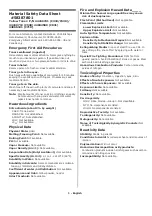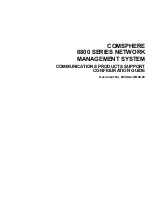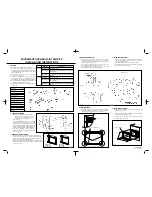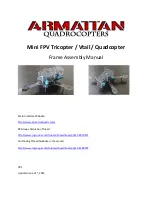
5.6
Wiring the interfaces
5.6.1
Wiring the analog input
The analog input is used to adjust the switching threshold of the device. The applied
voltage scales to the remission value.
Electrical values
Remission min.: 0 V
Remission max.: 10 V
NOTE
If no voltage is applied at the analog input (0 V), the sensor is already switching to the
lowest remissions of the object.
5.6.2
Wiring the analog output
The analog output issues the remission value of the mark or the background to the
control.
The remission value is output as a scaling voltage.
Electrical values
Remission min.: 0 V
Remission max.: 10 V
5.6.3
Wiring the digital outputs
The number of digital outputs available at the connections will vary, depending on the
device,
see "Pin assignment of the connections", page 18
. If the allocated event occurs
in the read process, then the corresponding digital output is live.
In each case, the digital outputs are short-circuit protected and overcurrent protected.
Switching behavior: PNP
or
NPN
or
push/pull
Electrical values
The sum current (100 mA) for all digital outputs is identical.
PNP
HIGH: U
V
−3 V; LOW: 0 V
NPN
HIGH: U
V
; LOW: ≤ 3 V
Push/pull
HIGH: U
V
−3 V; LOW: ≤ 3 V
In the case of a push/pull sensor, the signal must be inverted in the control system in
order to obtain the same result as a sensor with NPN switching behavior.
ELECTRICAL INSTALLATION
5
8020706.1E9P/2022-04-26 | SICK
O P E R A T I N G I N S T R U C T I O N S | KTS/KTX Prime
19
Subject to change without notice
















































